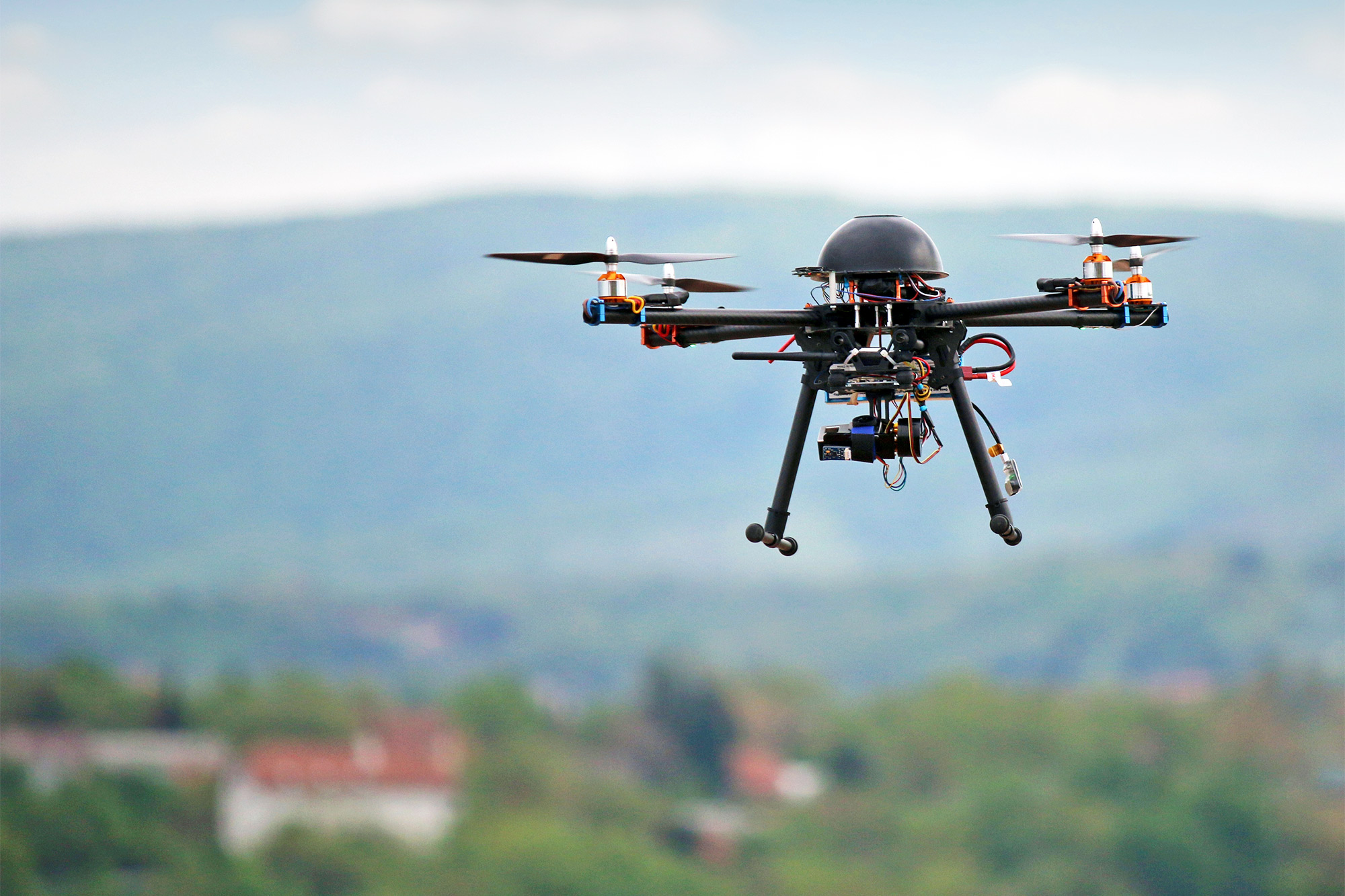MIT’s Computer Science and Artificial Intelligence Laboratory (CSAIL) has created the first-ever system to allow you to build and customize your own drone depending on your needs. This smart design tool has been demonstrated using a variety of examples, including a five-rotor “pentacopter” and a rabbit-shaped “bunnycopter.”

According to MIT, this is the first system that allows non-experts to design and build their own custom drone. The interface allows you to enter your specific needs for things such as payload, cost, and battery usage, and the system then creates a novel size, shape, and structure of the drone that ensures it’s functional.
Since the entire process is automated, you can trust the system to consider consequences of each decision and to adopt the drone’s components accordingly. For example, more rotors to ensure a bigger carrying capacity could result in tendency for the drone to tip, but the system will find solutions to avoid this and, in the end of the process, you can be assured that the drone will be able to properly take off, hover, and land.
In order to make this possible, the team had to decrease the number of variables a designer needs to consider when creating a drone. This was done by establishing a baseline of optimization assumptions in order to let users skip the most technical steps in the process to focus on their project needs.
This new system serves as a revolution for the drone market, as users formerly only had two choices: using off-the-shelf products that might not have all of the features and capabilities they need, or hiring a drone company, which often results in back-and-forth custom design based on trial and error.
The team behind this technology already has potential clients in mind, including Amazon and Google — two companies developing delivery drones — that might be in need of such a system.
An EU-funded project called SOMA, an acronym standing for “Soft Manipulation,” helped make these customizable drones a reality. The EUR 6 million-worth project, due to end in April 2019, is developing technologies that would enable robust grasping and manipulation of objects in dynamic, open, and highly variable environments.
Source: MIT
Advertisement
Learn more about Electronic Products Magazine





